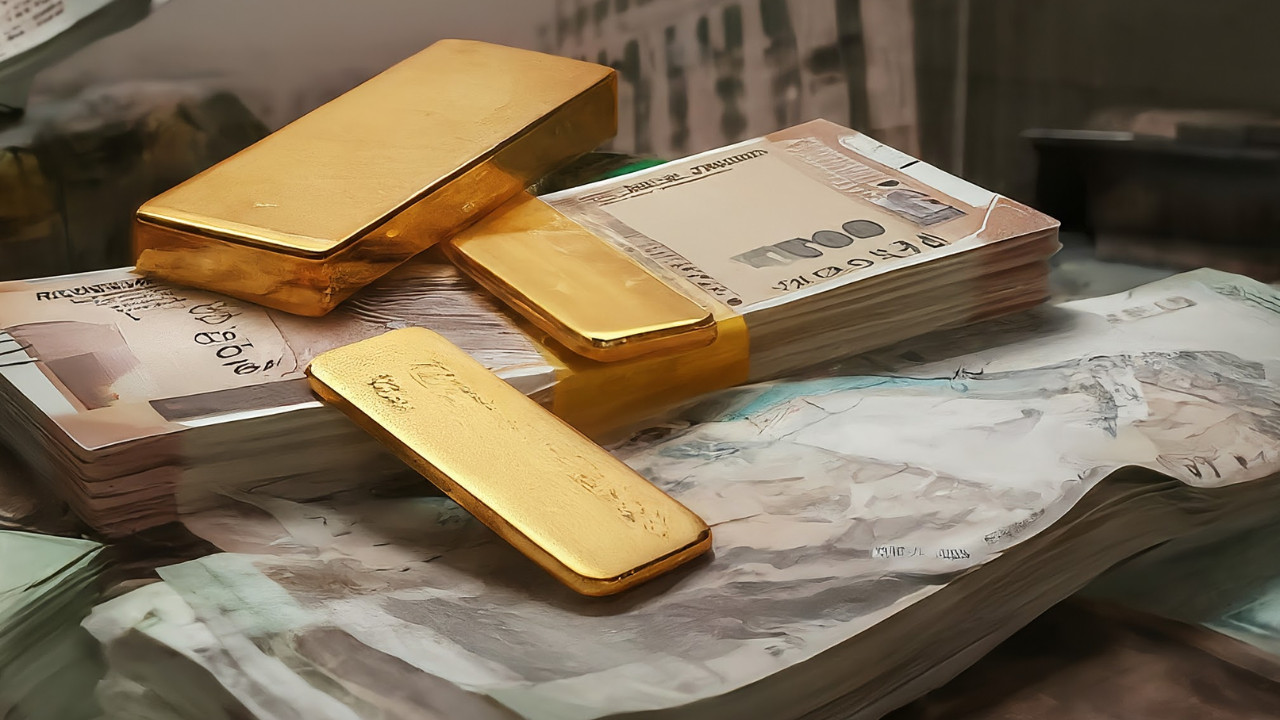India’s foreign exchange reserves experienced a decline of $3.064 billion, reaching $696.672 billion in the week ending July 11, marking the second consecutive weekly drop. The fall was primarily driven by a decrease in foreign currency assets and gold reserves. Despite the recent dips, the reserves remain slightly below the all-time high recorded in late September 2024.
Decoding the Latest Dip in India’s Forex Reserves: What Does it Really Mean?
India’s financial landscape always seems to be in motion, a complex dance of economic indicators, global pressures, and strategic policy moves. The latest step in this dance? A dip in the nation’s foreign exchange reserves. The Reserve Bank of India (RBI) recently announced that the forex kitty has shrunk by $3.06 billion, settling at $696.67 billion. But what does this figure actually signify, and should we be concerned?
First, let’s unpack what forex reserves are. Think of them as India’s emergency savings account, held in foreign currencies like US dollars, euros, and yen. These reserves are a critical buffer, used to manage the exchange rate, finance imports, and generally maintain stability in the face of external economic shocks. A healthy reserve position gives India greater flexibility in navigating global financial storms.
So, why the recent decrease? Several factors are likely at play. The RBI actively intervenes in the currency market to manage volatility in the rupee. When the rupee weakens against the dollar, the RBI often sells dollars from its reserves to increase the supply of dollars in the market, thereby pushing the rupee back up. This intervention, aimed at keeping the rupee stable, naturally leads to a drawdown in the reserves.

Furthermore, fluctuations in global currency valuations can impact the overall value of India’s reserves. The RBI holds reserves in a basket of currencies. If the dollar strengthens against other currencies in this basket, the overall dollar value of the reserves could decline, even if the actual amount of those other currencies remains the same.
A closer look at the RBI’s data reveals that the decline wasn’t solely driven by a drop in foreign currency assets (FCA), which constitute the largest component of the reserves. There were also reductions in the Special Drawing Rights (SDRs) and India’s reserve position with the International Monetary Fund (IMF). SDRs are an international reserve asset created by the IMF to supplement its member countries’ official reserves, while the reserve position with the IMF represents the value of India’s quota subscription with the IMF that it can draw upon.
The fluctuation in SDR value is subject to their regular valuation adjustments based on the movements between the basket of currencies that defines SDR value. Likewise, our reserve tranche position in the IMF could shift based on lending or borrowing activities conducted by the IMF with other member countries.
Is a $3.06 billion dip a reason to panic? Probably not. India’s forex reserves remain at a comfortably high level, providing a substantial cushion against external vulnerabilities. While it’s a decrease, $696.67 billion is still a considerable war chest, ranking India among the countries with the largest forex reserves globally. It is worth noting however that reserves were significantly higher just a few weeks prior.
The RBI closely monitors the situation and strategically deploys its reserves to maintain financial stability. Remember, a slight drawdown is often a deliberate and calculated move, not necessarily a sign of distress. The intervention is aimed at preventing drastic changes in exchange rates which ultimately affect inflation and the broader economy.
What should we watch out for? A sustained and rapid depletion of reserves could be a cause for concern, especially if coupled with other negative economic indicators. It’s crucial to monitor the rupee’s performance, global economic trends, and the RBI’s policy responses to get a complete picture. Understanding the direction of forex reserves is paramount.
This brings us to an important connection to related content. For example, it’s valuable to stay up to date on the latest government policies impacting trade, as these naturally link to India’s balance of payments and the health of its forex reserves. [Link to blog post on latest trade policy]
In conclusion, while the recent dip in India’s forex reserves warrants attention, it’s essential to view it within the broader context of the country’s economic landscape. The RBI’s actions are aimed at maintaining stability, and India’s reserves remain strong enough to navigate current challenges. Keep an eye on the trends, understand the underlying drivers, and avoid jumping to conclusions based on a single data point. The Indian economy is a complex system, and understanding its nuances is key to informed decision-making.







